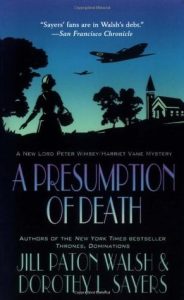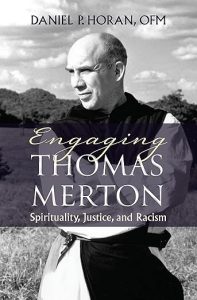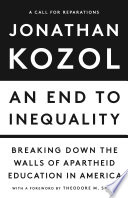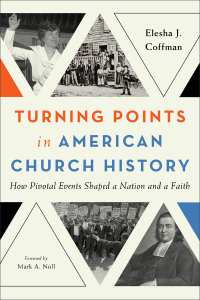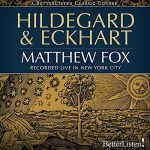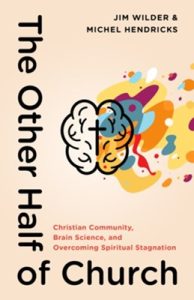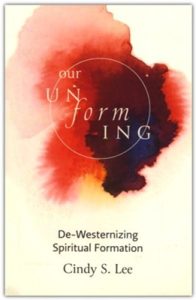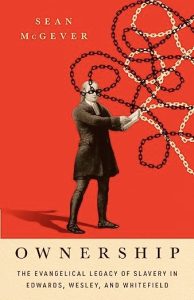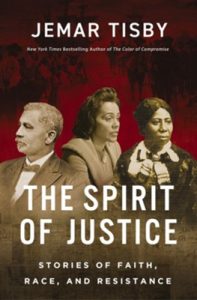 Summary: Stories of resistance.
Summary: Stories of resistance.
This is a natural next book for Jemar Tisby. His first book was a survey of the ways that the church in the US has been complicit with racism. The second book was a response to the question, “What should we do now” that he kept getting from people who read the first book. And this third book is designed as inspiration for continuing to work for justice.
I am fairly well-read in civil rights history and there were both well-known figures and people I did not know here. The balance between the known and the unknown (or lesser known) was good. You can’t ignore major figures like Martin Luther King Jr, but in some ways, those figures are less inspiring because they have become “saints” of the movement. The lesser-known figures I think are more inspiring because they worked toward justice without becoming well-known.
That isn’t to say those lesser-known people are less important. Part of what Tisby is doing is bringing balance to the story. There is a whole chapter on women of the civil rights movement, not because they were completely unknown but because the sexism of the time impacted how we tell stories today. And many behind-the-scenes figures were essential to the organizational and movement-building work that allowed the well-known people to become well-known.
